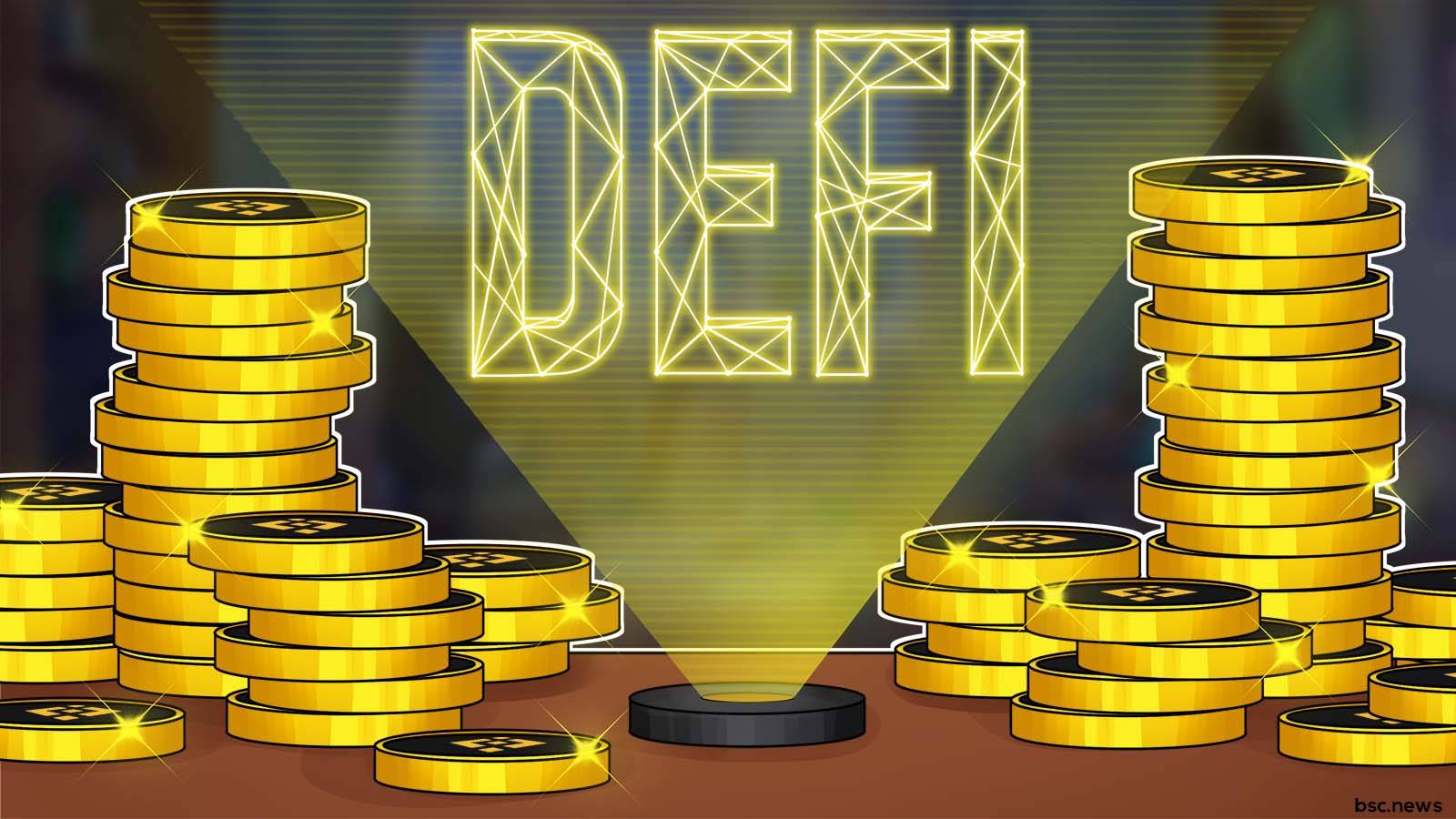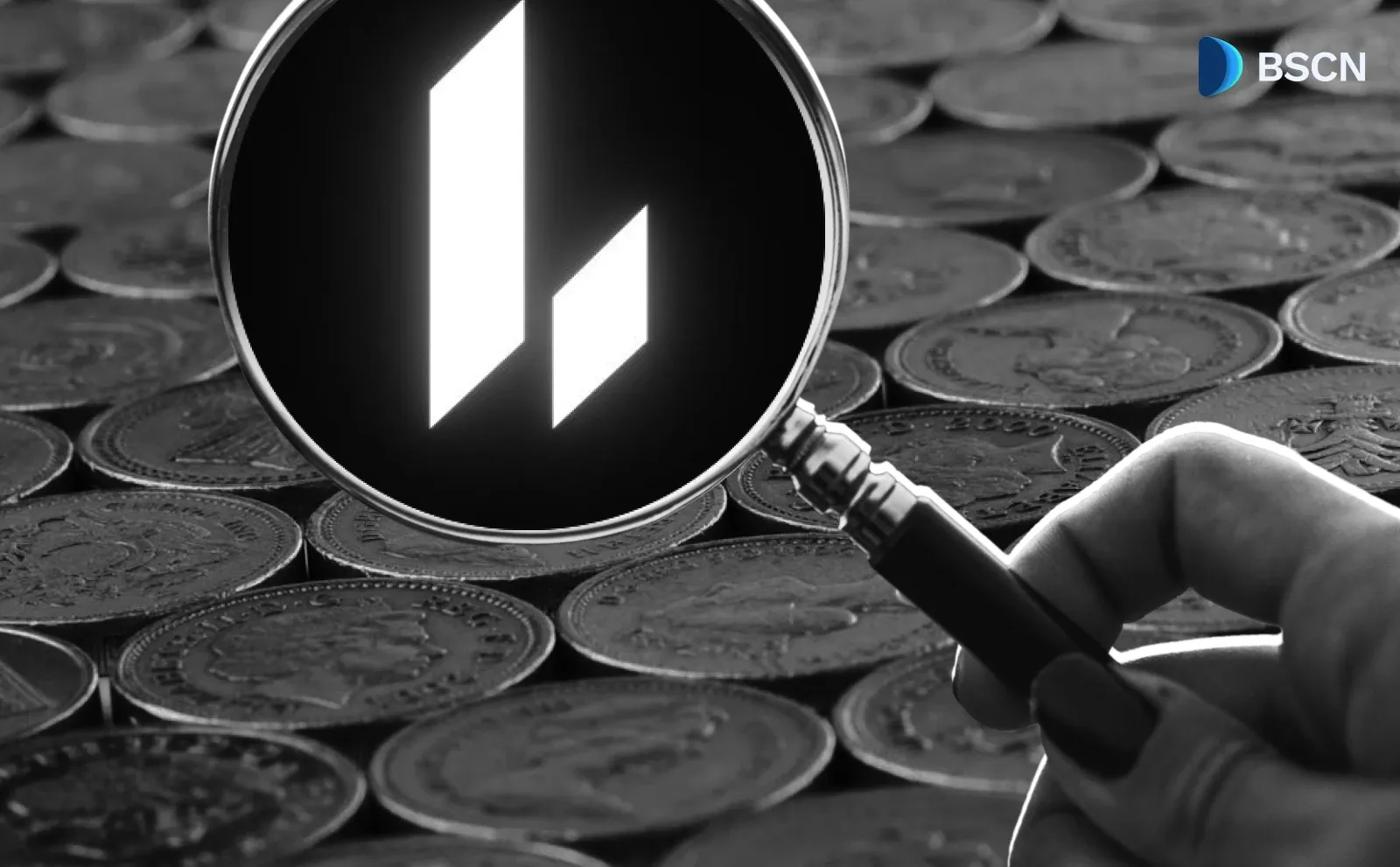(Advertisement)
What is an Algorithmic Stablecoin

The stablecoin pie is attractive, and an algorithmic stablecoin appears as a credible solution, fitting into the narrative of decentralized money.
BSCN
May 31, 2022
(Advertisement)
Table of Contents
Mechanics of Algorithmic Stablecoins
Algorithmic stablecoins depend on market incentives to maintain a peg to the US dollar. This is done by balancing supply and demand. One example of an algorithmic stablecoin is the $UST. $UST was an $18.6 billion stablecoin that recently crashed.
Conventional stablecoins rely on reserves and collaterals to maintain the 1:1 dollar peg. These reserves and collaterals can either be crypto-backed or fiat-backed. Crypto-backed stablecoins have an inherent risk because it is backed by a volatile asset or a bag of volatile assets. Protocols that use this mechanism will over-collateralize to create a safe buffer.

This leaves algorithmic stablecoins as the only other option to fit into the narrative of decentralized money in a decentralized ecosystem. An algorithmic stablecoin requires the interaction of two crypto assets. The relationship between the stablecoin and the governance token creates an arbitrage opportunity that keeps the coin ‘stable’.
If the stablecoin rises above $1, the stablecoin can be swapped for the governance token, returning a profit to the holder. Conversely, if the stablecoin dips below $1, the stablecoin can be purchased using the governance token, reducing the stablecoin’s supply and raising its price.
Market Assumptions
The problem with algorithmic stablecoin is the assumption that actors in the ecosystem are driven by incentives. The arbitrage system works on a basic assumption under ‘normal market conditions’ that incentives will drive supply and demand. However, the market does not always react rationally, and this results in the failure of the arbitrage system.
Irrational market reactions are often temporary, and the market will eventually correct itself. Terraform Labs realized this risk and created a second layer of protection by having a sizeable reserve of Bitcoin ($BTC) to be deployed in ‘extreme’ market conditions.
Death Spiral
Algorithmic stablecoin can fail, if the assumption is no longer applicable. A death spiral happens when the selling pressure creates a reflexive downward spiral and causes hyperinflation to the governance token. The value of the governance token will take a dip because the market is flooded by newly minted tokens.

When a death spiral happens, the arbitrate system fails, and the reserves will not be able to maintain the dollar peg once depleted.
Decentralized Stablecoin
Stablecoin is the primary source of liquidity in the crypto market. Currently, $USDT and $USDC are the two leading centralized stablecoins in the crypto market. On the other hand, $LUNA and $UST managed to garner market confidence because the ecosystem realized a need for a dependable decentralized stablecoin.
Algorithmic stablecoin has a systemic risk, and in an imperfect market, it is dangerous to rely on assumptions. $UST’s failure did not eliminate the need for a decentralized stablecoin. It merely ousts algorithmic stablecoin as the form of decentralized money for the ecosystem.
Don’t forget to download the BSC News mobile application on iOS and Android to keep up with all the latest news for BNB Chain and crypto!
Follow us on Twitter and Instagram!
For those looking for tools and strategies regarding safety and crypto education, check out the Tutorials, Cryptonomics Explainers, and Trading Tool Kits from BSC News.
Check out the Web3Wire Linktree to keep up with all relevant Web3 and Crypto!
Read Next...
Disclaimer
Disclaimer: The views expressed in this article do not necessarily represent the views of BSCN. The information provided in this article is for educational and entertainment purposes only and should not be construed as investment advice, or advice of any kind. BSCN assumes no responsibility for any investment decisions made based on the information provided in this article. If you believe that the article should be amended, please reach out to the BSCN team by emailing [email protected].
Author
 BSCN
BSCNBSCN's dedicated writing team brings over 41 years of combined experience in cryptocurrency research and analysis. Our writers hold diverse academic qualifications spanning Physics, Mathematics, and Philosophy from leading institutions including Oxford and Cambridge. While united by their passion for cryptocurrency and blockchain technology, the team's professional backgrounds are equally diverse, including former venture capital investors, startup founders, and active traders.
(Advertisement)
Latest News
(Advertisement)
Crypto Project & Token Reviews
Project & Token Reviews
Comprehensive reviews of crypto's most interesting projects and assets
Learn about the hottest projects & tokens

















